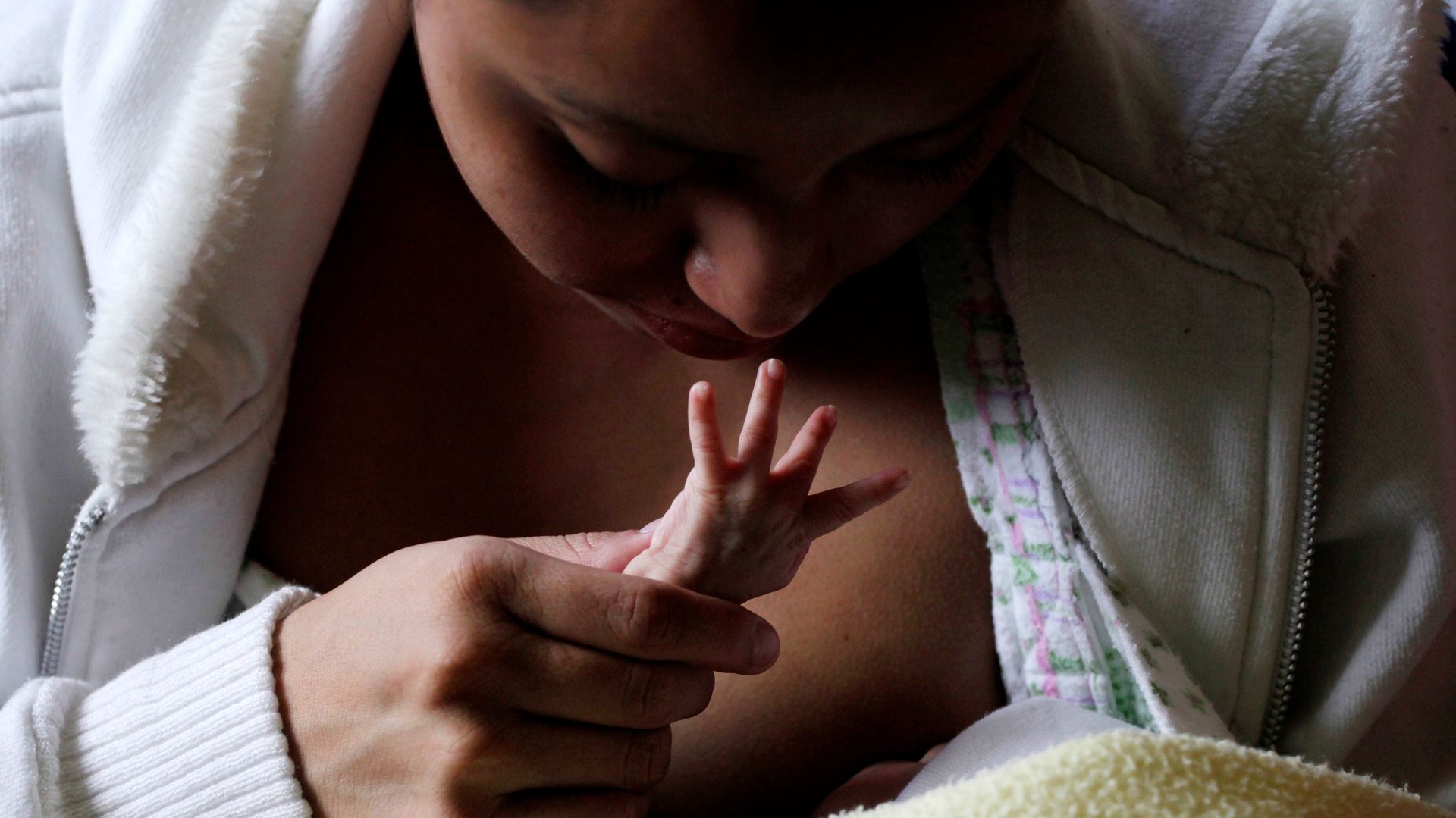Premature births are on the rise in the US, but some states are bucking the trend
Every year, millions of babies are born too early, putting them at risk of serious health complications and even death. And in many places, the problem is getting worse. So, on World Prematurity Day today (Nov. 17), international organizations and activists are drawing attention to the causes and possible solutions of preterm births, in the hopes of tackling what has become the leading cause of death in children under five globally.


Every year, millions of babies are born too early, putting them at risk of serious health complications and even death. And in many places, the problem is getting worse. So, on World Prematurity Day today (Nov. 17), international organizations and activists are drawing attention to the causes and possible solutions of preterm births, in the hopes of tackling what has become the leading cause of death in children under five globally.
According to the World Health Organization (WHO), an estimated 15 million babies are born too early each year. While we often don’t know why a baby is born prematurely, a range of medical and environmental factors have been shown to increase the likelihood of prematurity, including infection, stress, substance use, and the mother’s socio-economic background. Preterm birth rates are particularly high in the United States, where about 380,000 babies are born too early—before 37 weeks of gestation—every year.
Being born prematurely can lead to long-term intellectual and developmental disabilities in children, as well as respiratory and intestinal issues, and dental, auditory, and vision problems—not to mention the emotional and financial burden it places on families. The brain, lungs, and liver fully develop during the last few weeks of pregnancy, making it a crucial time for an infant’s development.
March of Dimes, an organization focused on infant and maternal health in the US, publishes a yearly report card that tracks preterm birth rates in 50 states, the District of Columbia, and Puerto Rico. The Premature Birth Report Card shows that premature births have been rising in the US for the past three years.
But there is some good news. The report profiles three communities where public health interventions have been successful in reducing preterm birth rates. Lessons learned from programs in Knox County, Tennessee; Raleigh, North Carolina; and Rhode Island can serve as a blueprint for reducing preterm births across the country.
One lesson is that reducing preterm births will require addressing the racial and socio-economic disparities that make women of color up to 50% more likely to deliver prematurely in the US. (As I’ve previously written, while the preterm birth rate for white women was 9.06% in 2017, it was 13.92% for black women and 9.61% for Hispanic women.) The medical community doesn’t have a good understanding of why black women are so much more likely to deliver premature babies, but there is a growing consensus that the stress caused by racial discrimination has an impact. And black women in the US are much more likely to be poor, uninsured, and to lack access to quality medical care, which contributes to the problem.
That’s why the March of Dimes report card highlights an effort by Raleigh officials to “reverse the results of long-term racism” by “ensuring health equity” for all, or an initiative by the Rhode Island Department of Health to direct resources to the most vulnerable residents of 10 Health Equity Zones across the state. Another lesson is that integrated medical care works: As stated in the report, “programs and services need to be integrated in the continuum of women’s health care and be inclusive of efforts that seek to mitigate societal stress factors.” And finally, getting different public health actors who are usually siloed to work together on reducing preterm births maximizes resources and impact—a lesson that is particularly important in areas where poverty and racial inequality intersect with public health crises like the opioid epidemic.
In 2015, complications tied to premature births led to approximately 1 million deaths worldwide, but the WHO says that many of these could be prevented if officials invested in targeted public health interventions like the ones currently underway in Rhode Island, Tennessee, and North Carolina.
“By shifting our healthcare system to improve treatment and preventive care for moms, we can lower the preterm birth rate,” Stacey D. Stewart, the president of March of Dimes, told Quartz. World Prematurity Day is a good occasion to think about how to scale these kinds of public health initiatives across the US, and around the world, where a different public health context calls for distinct solutions.
Read more from our series on Rewiring Childhood. This reporting is part of a series supported by a grant from the Bernard van Leer Foundation. The author’s views are not necessarily those of the Bernard van Leer Foundation.